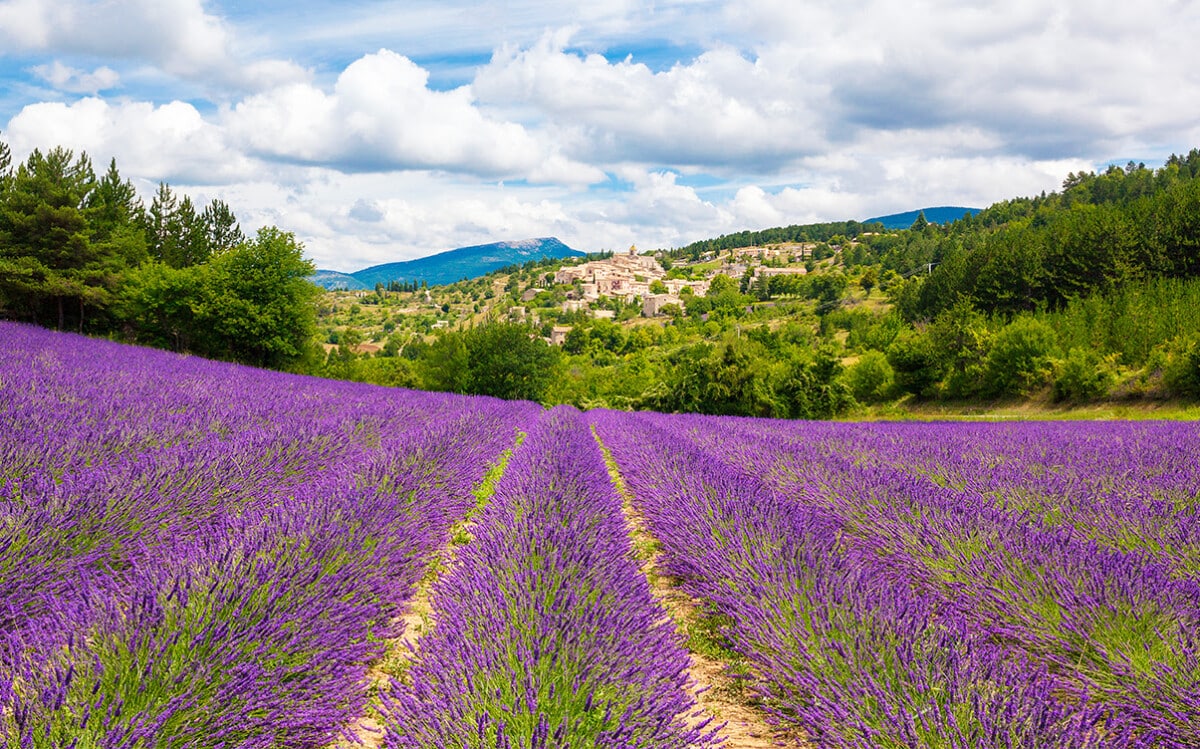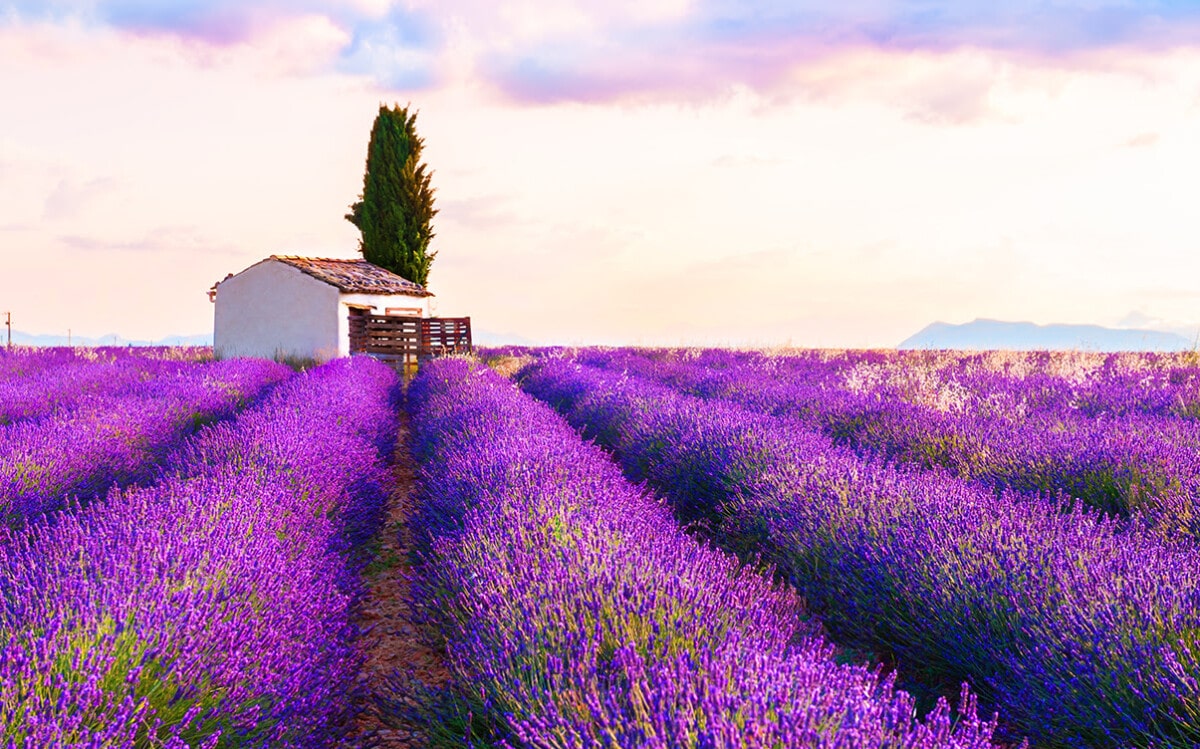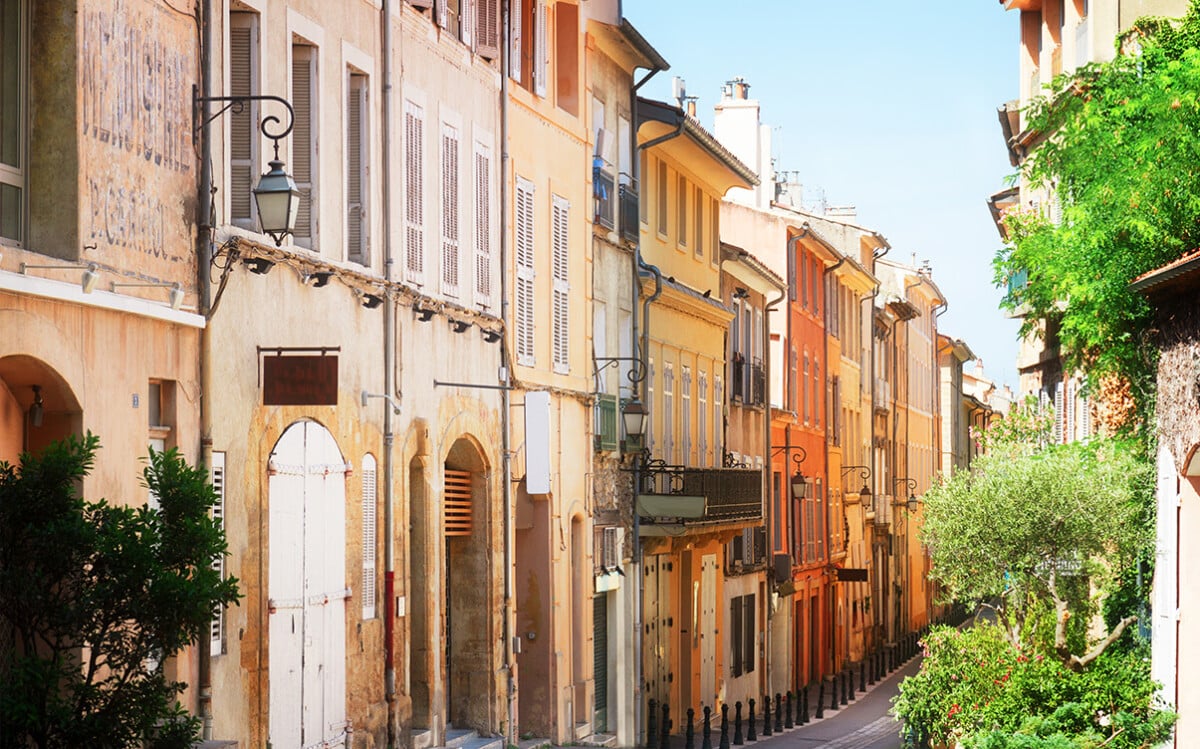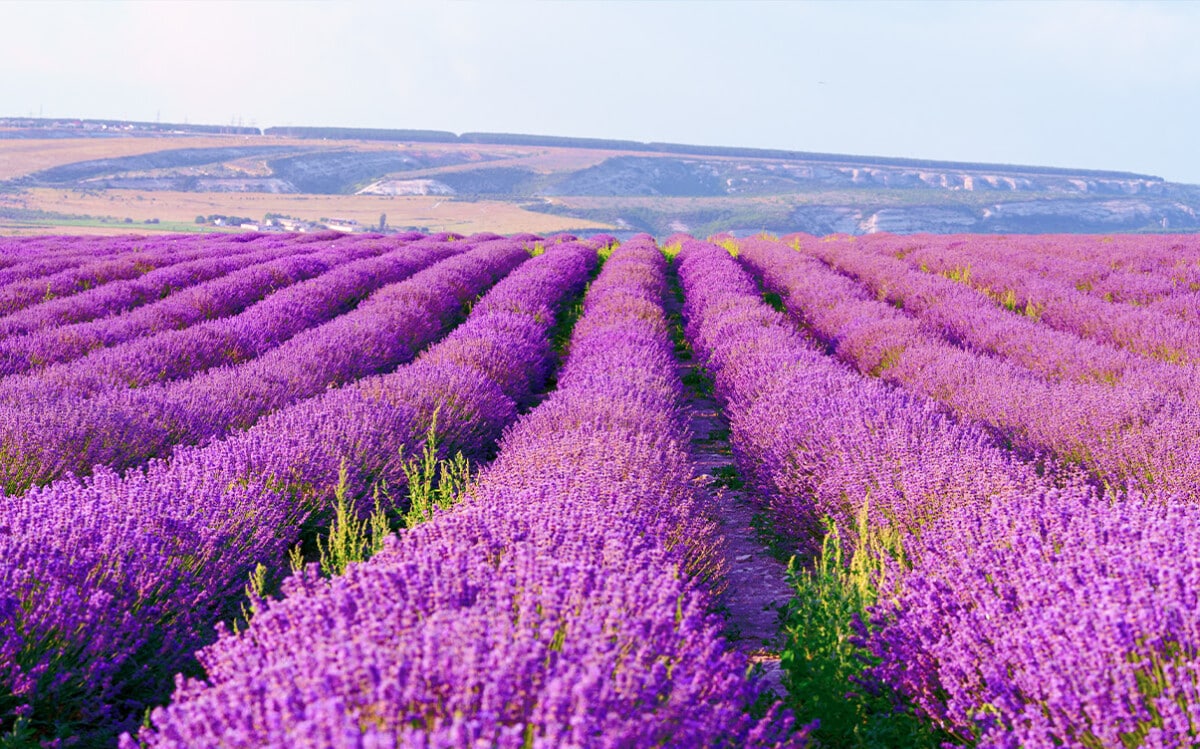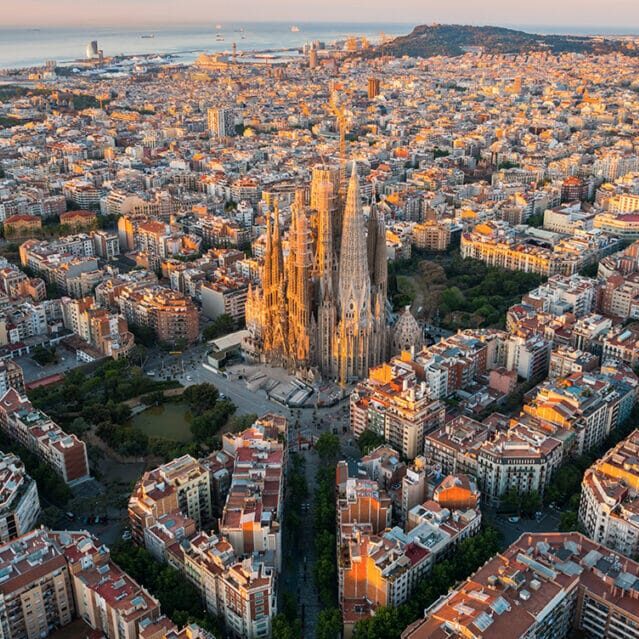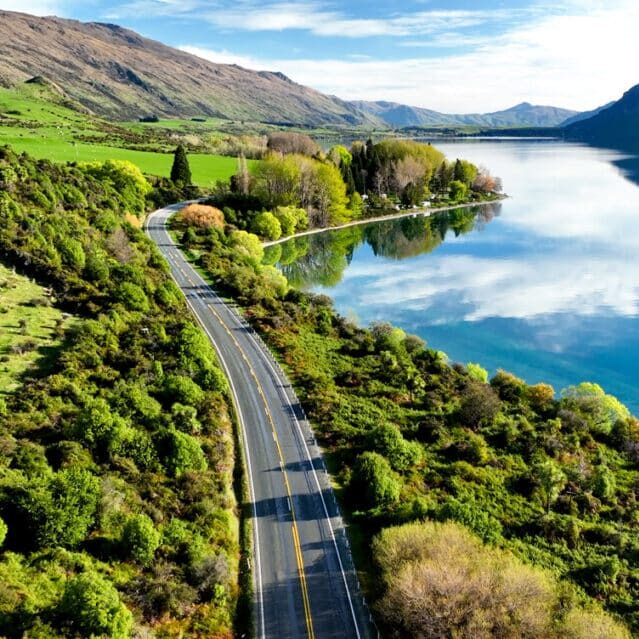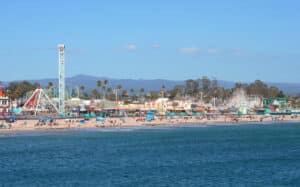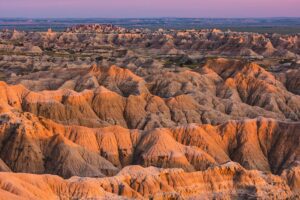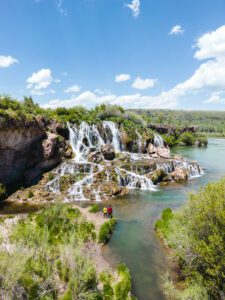Lavender Fields in Provence: Visiting, Things to See & More
Disclaimer: This post may contain affiliate links. Please see our Disclosure Policy and Advertiser Disclosure for details.
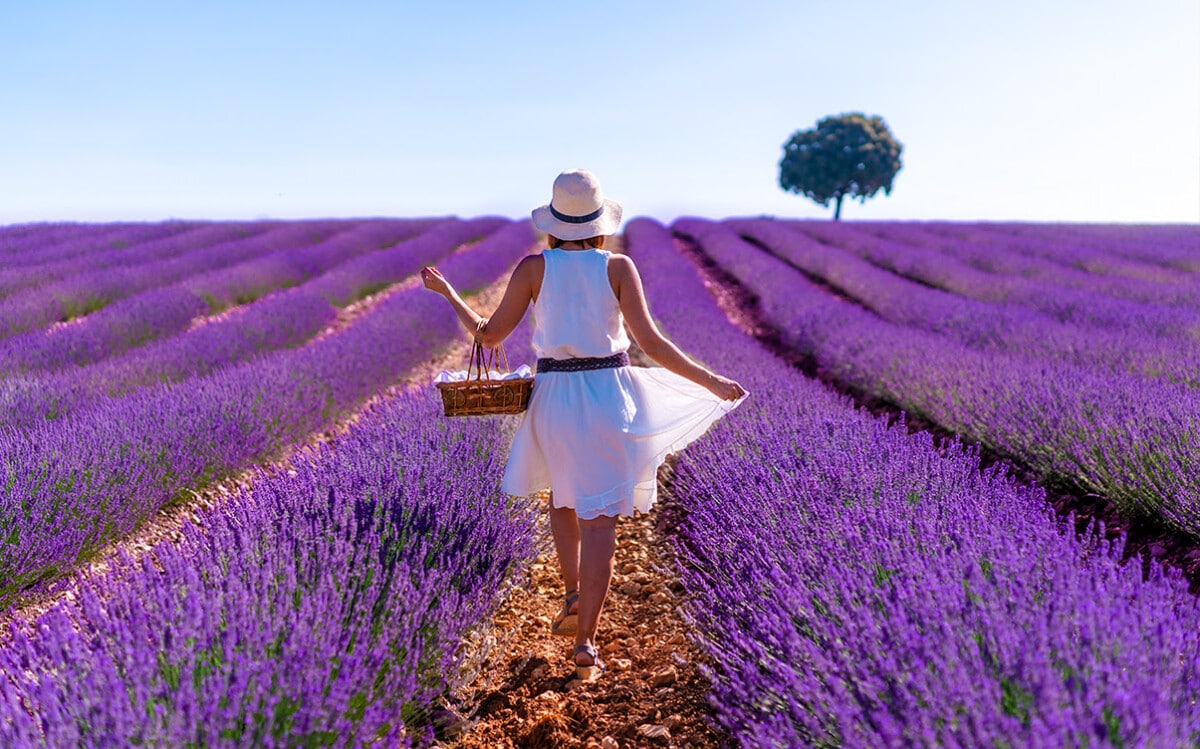
Lavender isn’t just a color or a scent you find in cosmetics and perfumes; it’s a gorgeous plant, an herb with a strong herbal odor but also a vibrant yet subdued color that is a little unlike anything else on earth.
You can grow lavender yourself pretty much anywhere you like, as long as you have enough sunlight and well-draining soil, but having one or two plants around – or even using it as a decorative highlight to a whole yard or garden – is just a minor taste of what you can find in Provence.
Provence, located in the southeastern corner of France, is a region home to thousands of years of history, from the prehistoric people to the Greeks to modern-day French. With gorgeous landscapes, incredible seaside vistas, mountains, and valleys, there’s something there for everyone to enjoy. And enjoy they have, as the entire region, including cities like Marseille, Cannes, and Nice attract millions of visitors every year.
Provence is a large region with a lot to see and do, but one particularly unearthly attraction is the lavender fields. These broad, cultivated fields of lavender are regions where the rolling hills are coated with nothing but the pale purple herbs, shining in full bloom as pollinating insects, birds, and people flit to and fro throughout.
Want to visit the lavender fields in Provence, France? You can, but there’s more to it than you might think.
Where Are the Lavender Fields in Provence?
Here’s a big one. The way people talk about the lavender fields, you might think it’s a specific destination or location you can visit, like a tourist farm where lavender is cultivated. While that’s true, it’s only scratching the surface. The reality is that Provence has been one of the world’s leading cultivators of lavender for centuries, so there are many fields scattered throughout the entire region. There are no singular lavender fields; rather, there are dozens, if not hundreds, of different farms, ranging from small family fields to entire acres covered with lavender.
If you’ve seen the picturesque images of gorgeous people standing in seemingly endless rows of lavender stretching off into the distance, there are three or four specific lavender fields where these are usually taken. They tend to be the largest and most frequently-visited fields, primarily because they’re so unearthly beautiful; other fields are pretty as well, but smaller, and you don’t get the same “endless fields” effect.
The three most common lavender fields to visit are the Valensole Plateau, the Sault Plateau, and the Luberon Valley. You can find all kinds of maps of the fields in these regions in pretty much any local info center and, of course, all online. Since the fields tend to change from year to year, which ones are the best to visit and when can vary, so it’s worth looking up the specific details before your trip and planning accordingly.
Note that some of the fields may not be lavender every year, and others may be mixed. It’s not uncommon to see sunflower fields, wheat fields, and mixtures of them all, along with other cultivations like olive groves, all side-by-side in this ancient cultivated region of France.
When is the Best Time to Visit the Provence Lavender Fields?
Timing is tricky, but it’s also everything. If you show up too early, the lavender plants won’t be fully bloomed, and you’ll be treated to rolling hills of green-gray with patches of purple rather than the vibrant full bloom you might expect. On the other hand, if you visit too late, not only will the lavender be harvested, but there won’t be much to see at all.
Moreover, since the fields stretch the entire Provence area, timing varies a lot depending on where you are. The further south you are, the earlier you can expect the fields to bloom, as the weather conditions are nicer earlier in the year.
In broad terms, you can expect lavender in Provence to start blooming around the middle of June. It blooms in rolling fashions heading north until it’s harvested, generally around the end of July. You’re generally best off visiting somewhere in early July to the middle of July, though in some areas, you may be able to see lavender until mid-August.
Obviously, this is a very time-sensitive attraction, unlike many of the others we talk about here. Provence is beautiful all year round, but the lavender only blooms and exists for a handful of weeks each year. Climate shift may also play with these dates, so check with local tourism boards before your visit to make sure nothing weird is happening.
Since this is a time-sensitive attraction, you can expect that you won’t be alone when you visit these fields. Some of the more popular fields will be absolutely crowded, while others may only have a handful of other visitors, and some of the smaller and more off-the-beaten-path fields might not have anyone when you stop by.
Important note: Due to the popularity and tourist density in Provence during peak lavender times, a number of regional farmers have set up fences around their fields to deter tourists. Too many people – trampling plants, picking flowers, and generally making themselves a nuisance – have meant damage to crops and fields and have left some in ruins.
You’re still often allowed to enter those fenced-off fields, though if you do, you may find yourself in conflict with the local owners. Consider moving past the fenced fields. There may also be signs with instructions to follow; be sure to respect those as well.
More importantly, always practice Leave No Trace on your adventures. Don’t pick the flowers, walk down rows and not over them, and try not to disturb the plants. Obviously, don’t litter or leave behind debris from your visit. Enjoy the sights, take pictures, and leave it as good as you found it.
Whether you’re in southern France just to see the lavender, or you want to do your sightseeing in towns like Marseille or Aix-en-Provence as well, there’s plenty to occupy you in the region. Try not to tether yourself down; be free to explore and adapt your schedule if you feel like it. Rural France is chill and cozy, far from the bustle of the bigger cities, and you should enjoy it as such.
Where to Stay to See the Lavender Fields
When you’re planning your trip to Provence, one of the biggest questions you’ll have is where you want to stay. Pretty much all of the cities and towns in the area have at least some form of accommodation for you, so you can’t really go wrong, but there are a few options that stand out.
These include:
- Aix-en-Provence. This is a gorgeous city immersed in centuries of culture, and it always feels a bit like a festival. It’s nicely located to see a bunch of the most popular lavender fields, and there’s always something to do in the city itself, so you’re sure to have a full trip.
- Avignon. A bit further away from the center of all of the fields, there’s still plenty to see and do both in and around this city, and there are quite a few good day trips you can make as well.
- Luberon. The Luberon Valley is one of the key locations for lavender fields, and it’s much more rustic and rural if you want a quaint and cozy home base.
- Marseille. One of the larger and more active cities in the region, this place can be a bit hit-or-miss depending on what you want out of your trip.
This is just a selection; there are plenty of smaller places to stay, and you can even make a “home base” out of Nice, Cannes, or even Paris and take a jaunt to the fields for a day or two. Provence is relatively small and easy to explore, after all.
Assorted Tips for Visiting the Provence Lavender Fields
A visit to the lavender fields is guaranteed to be gorgeous, but the pictures never tell the whole story. You’re visiting the Mediterranean in summer; there’s going to be a lot of sun, a lot of heat, and a lot of bugs.
Our first tip, then, is to prepare for a hot summer trip. Make sure you have plenty of water with you on your trip. Protect yourself from the sun, too; whether that means a sun hat, a parasol, or just sunglasses, you don’t want to give yourself a headache by squinting against the sun’s rays. And, of course, don’t forget your sunscreen. Nothing puts the brakes on enjoying a beautiful summer vacation quite as much as a bad sunburn the first day you’re there.
Bugs are also going to be present. Pollinators are required for cultivated fields of flowers, and if you’ve ever visited sunflower fields or other farms, you’re probably well aware that you’ll see a lot of these bugs floating around. Bees, in particular, are going to be very common.
Fortunately, bees are generally docile. They may trigger a primal anxiety or fear in you with their buzzing, but try to stay calm as best you can. The bees don’t care about you as long as you’re not trying to attack them or their hives. Your chances of being stung are very low. That said, if you’re allergic to bees, make sure you have the right kinds of precautions on hand. Remember, you’re in rural France; if you go into anaphylactic shock in the fields, you’re pretty far from help.
As far as the visit itself, one thing you might notice is that the pictures of Provence lavender fields don’t really include the trappings of modern society. You’re a lot more likely to see a stone hut than a power line, and cell towers are few and far between. You’ll likely have a few areas where you have little or no cell signal, so make sure you either have a satellite-connected GPS or you use offline mapping on your app of choice. You’ll probably go off the grid more than once while you drive around the area.
Speaking of, you’re definitely going to want to drive. You can rent cars from the cities in the area and explore at your leisure, and it’s by far the best way to get off the beaten path. That said, if you aren’t comfortable driving around rural France or you just don’t want the expense of a car, you can book a tour. There are always a variety of companies offering local guided tours of the most popular and beautiful lavender fields. Just make sure to book early; since the time the lavender blooms is short, you want to make sure your slot is claimed ASAP.
Note: Obviously, you don’t need a tour to visit the lavender fields. However, local tour guides are going to have the best idea of which fields to visit, and some may even have connections with particular farms and can get you into sights and areas that are normally off-limits. There’s no guarantee, but sometimes a tour can enhance the experience if you don’t mind not being alone and self-guiding.
Since the biggest thing you’ll be doing in the lavender fields is, likely, taking photos, make sure you have the right kind of gear. Drone photography is generally allowed, though you need to keep French law in mind about being intrusive or disruptive. If you keep to the fields, you’ll generally be fine, but don’t fly too close to homes and other dwellings.
If you want our recommendations, here is our guide to our camera gear. You don’t necessarily need to go fully professional with your equipment, but a nice camera makes for better photos than just using your phone. Truly, though, it’s often as much about the framing and the experience as it is the actual photography.
Have you ever visited the lavender fields? If so, what did you think? We’d love to hear your stories in the comments. Or, if you’re interested in visiting, but you haven’t, book a trip and tell us how it goes.
You may also enjoy:

